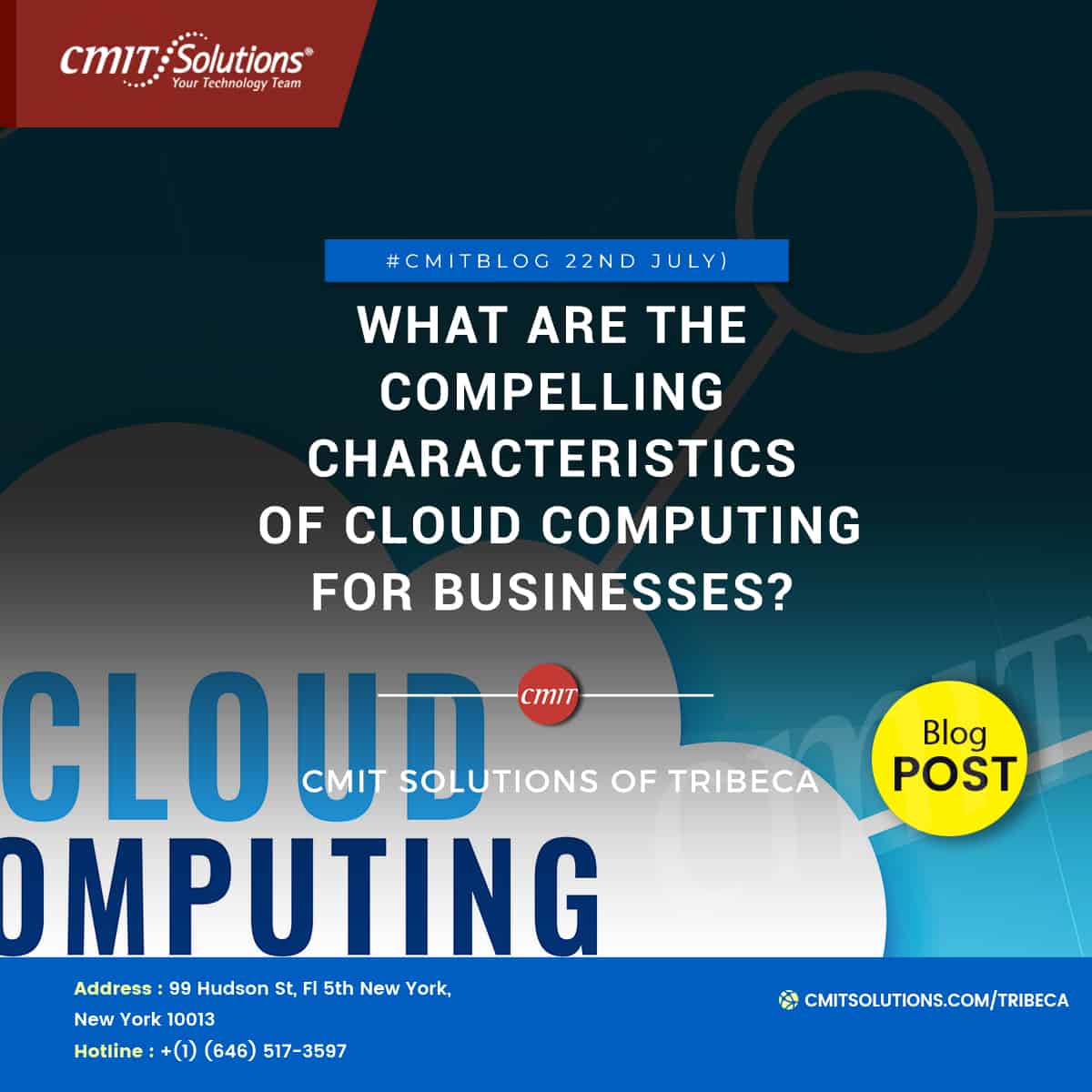Businesses from Austin to Ahmedabad are increasingly relying on the cloud not only for data storage, but even for application development and hosting. What are the key features that distinguish the cloud from traditional, on-premises IT support architecture that are responsible for this shift?
While Google and Dropbox brought cloud storage and computing to the public, Amazon’s AWS was the first to offer the cloud as an alternative to traditional on-site infrastructure as early as 2006. Giants like Microsoft followed soon after.
While the basic traits of cloud computing have always remained the same, the cloud comes with an ever-expanding roster of tools and techniques. Each offering brings its own benefits and challenges, but these core features that underpin all of them explain why it’s the ultimate choice for building and deploying modern applications.
On-demand computing
Public cloud platforms have deployed massive amounts of computing and storage assets within data centers all over the world. These vendors make resources readily available to users at the click of a button. This represents a radical departure for Businesses accustomed to months long procurement processes for deploying on-premises equipment.
The Self-Service model
This is that aspect of cloud computing which goes hand in hand with on-demand computing. As opposed to waiting for new servers to be deployed in a private data center, developers can select resources and choose the tools they need. This is typically done through a self-service portal and off you go! The admin can put in place policies to limit and control access.
Scalability Factor
Storage, networking and computing resources can be added or removed as needed. Cloud platforms can add scale rapidly with automation even taking care of the dynamic scaling on behalf of users. This enables businesses to optimize their cloud-hosted resources and avoid any hiccups.
This is a feature that’s difficult for traditional, on-premises architectures to achieve. Before the cloud, businesses needed to plan for peak capacity loads and have these (expensive) resources sit idle during duller periods, which added to costs.
Resource Pooling
Multi-tenant architectures enable resource pooling that provide such scalability for cloud providers and users. This accommodates more users at the same time. The workloads are abstracted from the hardware and underlying software, serving multiple users from the same host. Custom hardware and abstraction layers can also improve security and speed up access to resources for users.
Resiliency
Even though no system is fully foolproof, cloud providers utilize a number of techniques to guard against downtime. For instance, keeping regional dependencies to a minimum in order to any single point of failure.
Users have the ability to distribute their workloads across zones, utilizing redundant networks connecting multiple data centers. Some services can even distribute workloads across availability zones automatically.
Extending workloads across segregated locales or even multiple providers or platforms are viable options, but those bring increased complexity and cost.
Despite such measures, outages can occur and businesses must put in place contingency plans for the same. It is always necessary that you plan ahead and consulting an experienced IT support firm or professional can help avoid unnecessary obstacles in this regard.




